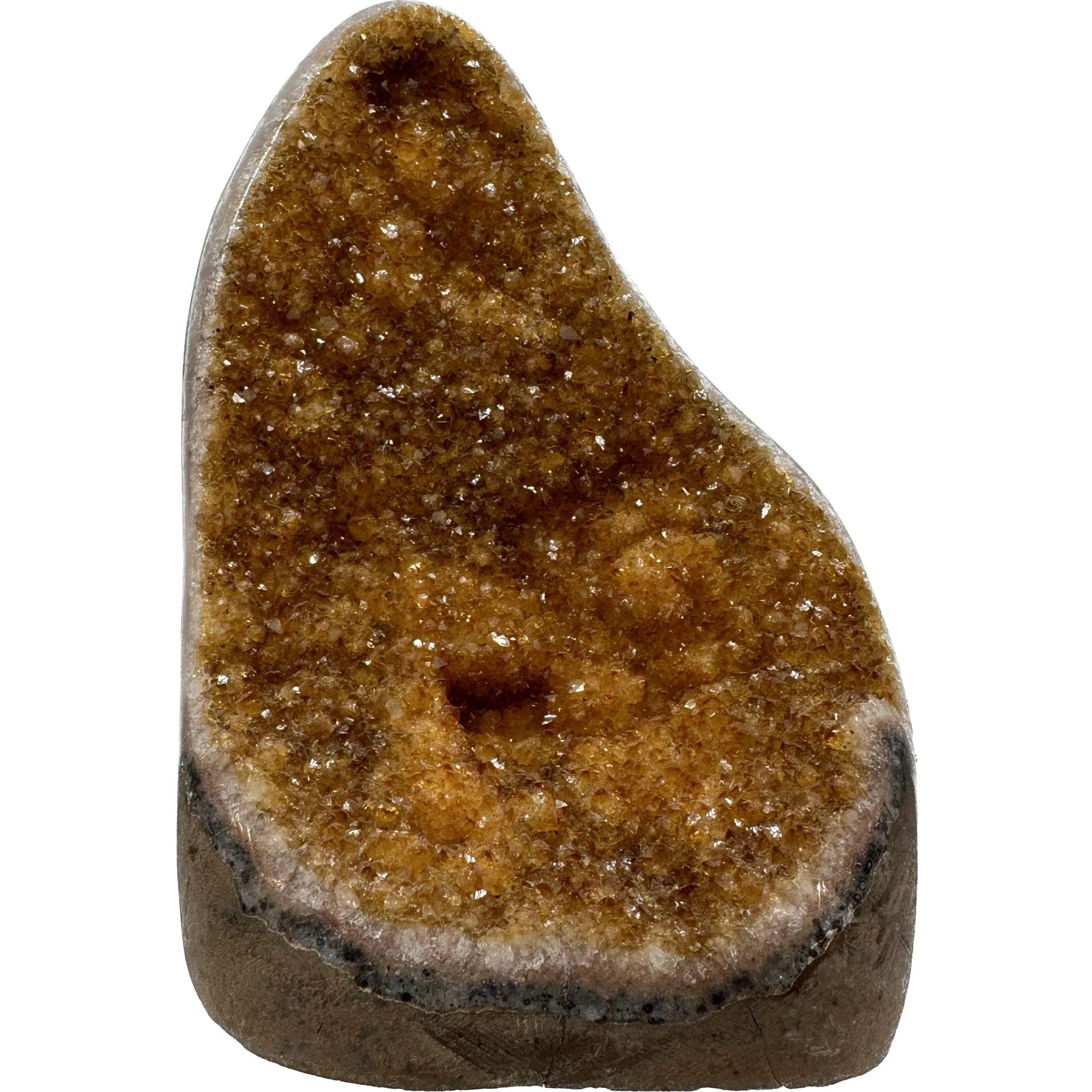Showing all 5 results
Citrine is a variety of quartz known for its warm yellow to golden-orange coloration, ranging from pale lemon hues to deep amber tones. This gemstone’s name is derived from the French word “citron,” meaning lemon, due to its resemblance to the citrus fruit’s color.
Natural citrine forms when amethyst, another variety of quartz, undergoes heat treatment within the Earth’s crust. This process causes the iron impurities present in amethyst to oxidize, resulting in the vibrant yellow to orange hues characteristic of citrine. While natural citrine is relatively rare, most citrine available on the market is heat-treated amethyst or smoky quartz.
Citrine has been prized for centuries for its beauty and perceived metaphysical properties. In ancient times, it was believed to possess powers of vitality, prosperity, and protection. Some cultures used citrine in jewelry and talismans to attract wealth and ward off negative energy. Today, citrine remains popular in jewelry design, often used in rings, pendants, and earrings for its warm, sunny color.
Metaphysically, citrine is associated with abundance, creativity, and manifestation. It is believed to promote optimism, confidence, and success in achieving one’s goals. Citrine is also considered a powerful cleanser and energizer of the solar plexus chakra, aiding in personal empowerment and self-expression.
In addition to its aesthetic and metaphysical properties, citrine has practical applications. It is commonly used in industrial settings as a heat-resistant material for furnace linings and as a semiprecious gemstone in various decorative objects.
Overall, citrine’s radiant color, historical significance, and metaphysical allure make it a cherished gemstone with a wide range of uses and cultural associations.





